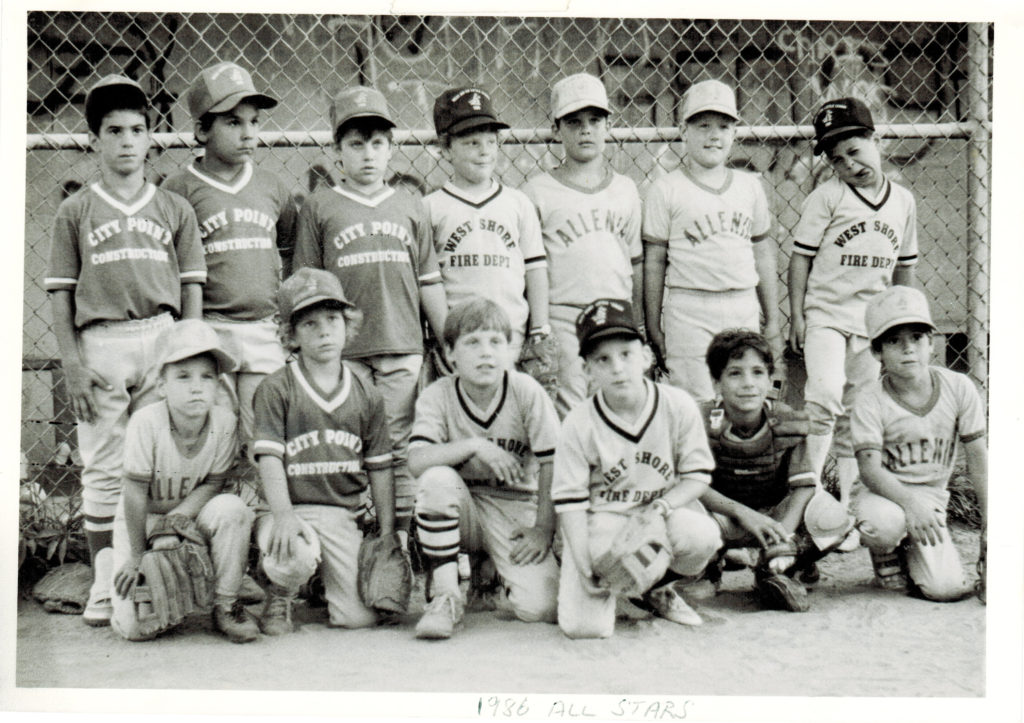
West Haven Little League
Part I
See part 2.
Morse Park, Aug. 21, 1988
Dusty and sweating, 11-year-old Danny Shine stood tensely in the batter’s box; the stitches in his right forearm hurt every time he swung the wooden bat. He tried to concentrate on the game and the Hamden pitcher who was facing him, despite the overwhelming din of the crowd.
It was his eleventh birthday, and it looked like he might finish out the day by losing the game for his team; for indeed, he had a full count, it was the bottom of the last inning, and the Hamden team was leading them—and on top of that, his team already had already gotten two outs. But the bases were loaded; so one way or another, the outcome of the next pitch would decide the game.
He glanced over at the Hamden team’s dugout—they were packing up their gear and no doubt were already preparing to celebrate their victory. It didn’t seem right to him: the West Haven team had already played four games that day, in 95 degree heat, and now they seemed to be sure to end this day in defeat. He dug his cleats into the clay, positioned himself, and prepared for the pitch.
As the sun was sinking low in the sky, the Hamden pitcher made his delivery, and Danny swung the bat with all of his remaining strength. What followed seemed to take place in slow motion: He heard the crack of wood against horsehide and watched in wonder, as the ball arched upwards, high over the right field fence, passed over the cars in the parking lot, and on out of sight. As the West Haven fans cheered wildly, Danny rounded the bases at a trot, with fists clenched over his head. It was a grand slam, and he had won the game for his team! In the lingering twilight, the boys carried him from the field on their shoulders.
Your historian remembers that day well; but how many other dramatic memories of this sort have been created through the good works of the West Haven Little League, for the youth of West Haven? And how did West Haven Little League get its start, anyway? Well, it’s like this…
In the years following World War II, baseball was the unchallenged number one All-American sport. And in 1950, unlike today, almost no households had televisions, so boys either followed their favorite teams on the radio or through the newspapers. Their heroes were the likes of Stan Musial, Gil Hodges, Roy Campanella, Ted Williams, Yogi Berra, and Jackie Robinson. And they longed to play organized ball, just like their heroes; but in West Haven, there were as yet no organized baseball leagues.
And so it was in that year—1950—that Richard Brennan decided that his son and his son’s contemporaries needed an opportunity to play organized ball. There was initially only one site that seemed to make sense: That was Painter Park, on a site originally known to West Haven’s first white settlers as Chestnut Hill Farms; it had two upper ball fields, and a lower field that was set upon the site of a former quarry.
To be continued-